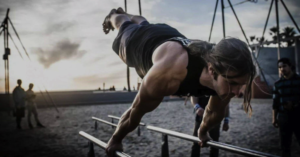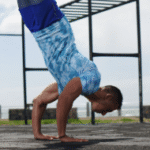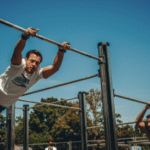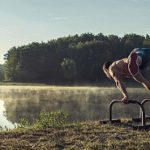Contrast Therapy for Stress and Anxiety Relief
Contrast therapy, the practice of alternating between hot and cold temperatures, has garnered attention for its potential to alleviate stress and anxiety. Beyond its physical benefits, this technique can significantly impact mental well-being by influencing the nervous system, hormonal balance, and overall sense of calm. Here’s a detailed exploration of contrast therapy for stress and anxiety relief:
Understanding the Physiological Impact
Contrast therapy’s stress-reducing effects stem from its influence on the autonomic nervous system (ANS), which controls involuntary bodily functions like heart rate and breathing. The ANS has two branches:
Sympathetic Nervous System (SNS): The “fight-or-flight” response, activated during stress.
Parasympathetic Nervous System (PNS): The “rest-and-digest” response, promoting relaxation.
Contrast therapy helps balance these systems:
Cold Exposure:
Triggers a brief SNS response, increasing alertness and releasing stress hormones like cortisol. However, the short duration and controlled environment prevent sustained stress.
Subsequent PNS activation occurs as the body seeks to restore balance, leading to a deeper state of relaxation.
Cold exposure also stimulates the release of endorphins, natural mood boosters that reduce pain and anxiety.
Heat Exposure:
Promotes PNS activation, relaxing muscles, slowing heart rate, and reducing blood pressure.
Heat can also induce a sense of calm and well-being.
Mechanisms of Stress and Anxiety Relief
Hormonal Regulation:
Contrast therapy can help regulate cortisol levels, which are often elevated during chronic stress.
The brief spike in cortisol during cold exposure is followed by a decrease, promoting a more balanced hormonal state.
The release of endorphins and other neurochemicals during cold exposure contributes to mood improvement and anxiety reduction.
Nervous System Modulation:
By alternating between SNS and PNS activation, contrast therapy helps train the nervous system to adapt to stress more effectively.
Regular practice can enhance resilience to stressors and improve the ability to switch between states of arousal and relaxation.
Mindfulness and Presence:
The intense sensations of hot and cold can bring attention to the present moment, promoting mindfulness.
Focusing on the physical sensations can help distract from anxious thoughts and worries.
Improved Sleep:
Contrast therapy can promote relaxation and reduce stress, leading to better sleep quality.
Adequate sleep is essential for managing stress and anxiety.
Reduced Muscle Tension:
Heat therapy effectively relaxes tense muscles, which are often a physical manifestation of stress.
Reduced muscle tension can contribute to a greater sense of calm and well-being.
How to Implement Contrast Therapy for Stress Relief
Hot and Cold Showers:
Alternate between hot and cold water in the shower, spending 1-3 minutes in each temperature.
Begin with warm water, gradually increase the heat, then switch to cold water.
Repeat the cycle 2-3 times, ending with cold water.
Sauna and Cold Plunge:
Spend 10-15 minutes in a sauna or steam room, followed by 1-2 minutes in a cold plunge pool or ice bath.
Repeat the cycle 2-3 times, ending with cold exposure.
Contrast Baths:
Soak in a hot bath for 10-15 minutes, then immerse yourself in a cold bath or take a cold shower for 1-2 minutes.
Repeat the cycle 2-3 times, ending with cold exposure.
Important Considerations
Safety:
Consult with a healthcare professional before starting contrast therapy, especially if you have any cardiovascular conditions, high blood pressure, or cold sensitivity.
Start with shorter durations and less extreme temperatures, gradually increasing the intensity as you become accustomed to the therapy.
Listen to your body and stop if you experience any discomfort or dizziness.
Consistency:
Regular practice is key to experiencing the full benefits of contrast therapy.
Aim for 2-3 sessions per week.
Mindful Practice:
Focus on your breath and the physical sensations during each phase of the therapy.
Use the time to practice mindfulness and cultivate a sense of calm.
By incorporating contrast therapy into your routine, you can tap into its powerful stress-reducing effects and enhance your overall mental well-being.

Contrast Therapy for Stress and Anxiety Relief
Route
Calisthenics Gym Houston Functional Bodyweight Training
Secondary phone: (346) 483-3195
Email: info@calisthenicsclubhouston.com
URL: https://calisthenicsclubhouston.com/
Monday 6:00 AM - 7:00 PM Tuesday 6:00 AM - 7:00 PM Open now Wednesday 6:00 AM - 7:00 PM Thursday 6:00 AM - 7:00 PM Friday 12:00 PM - 6:30 PM Saturday 9:45 AM - 12:00 PM Sunday 3:00 PM - 5:00 PM





